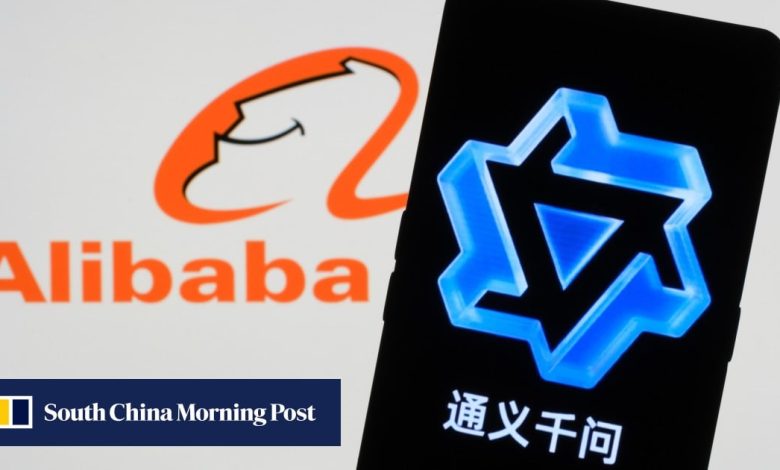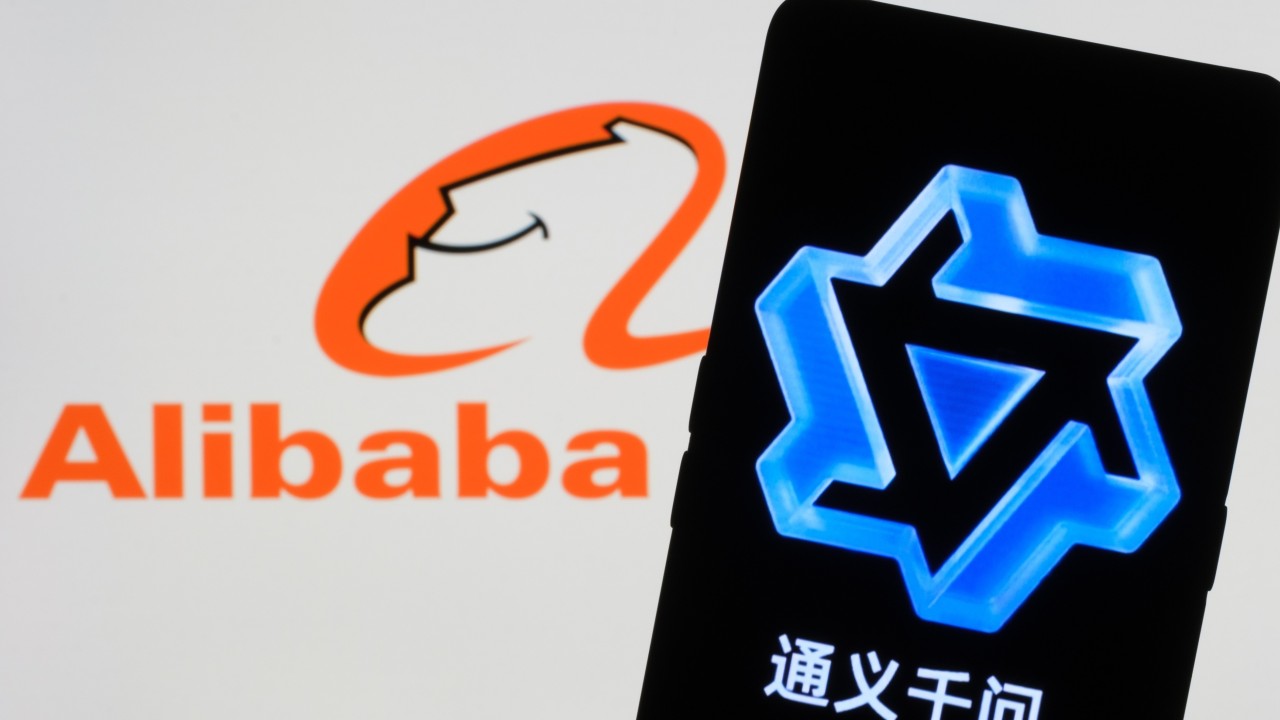AI demand returns Alibaba Cloud to company growth engine as e-commerce slows


While Taobao and Tmall Group saw revenue decline 1 per cent to 113.4 billion yuan, missing the estimated 117.6 billion yuan, the Cloud Intelligence Group, which includes Alibaba’s AI business, recorded its fastest growth since the September 2022 quarter, growing 6 per cent year on year to 26.5 billion yuan.
The results signalled that cloud computing remains Alibaba’s main growth engine, despite being briefly outshined by international e-commerce, which surpassed cloud in revenue growth in late 2022. Cloud growth has remained in the single digits for most quarters since then.
“There’s very, very robust demand among our customers for AI and AI-relevant products. And if you look at the pipeline, you can see that demand is still far from being satisfied,” Alibaba CEO Eddie Wu Yongming said in the post-earnings call on Thursday, adding that revenue from external customers will achieve double-digit growth in the second half of the financial year, which ends in March.
“I would say more than half of that expected growth will be driven by AI products,” he added.
Analysts have noted a gap between Taobao and Tmall’s customer management revenue and gross merchandise value (GMV) growth in the past few quarters, signalling challenges in driving up money earned from merchants.
Taobao rolled out an advertising tool called Quanzhantui in April and announced plans to charge a new technology service fee to merchants from September in an effort to step up monetisation, but executives said on Thursday that it could take several months for these measures to bear fruit.
Meanwhile, a weak domestic economy has continued to tamp down consumer sentiment in the world’s second-largest economy.
Compared with the previous earnings call in May, when Alibaba chairman Joe Tsai remarked that there were early signs of recovering consumer confidence, company executives barely mentioned economic headwinds on Thursday.
While the decline in Taobao and Tmall revenue “looks disappointing”, Alibaba’s domestic e-commerce GMV growth has been “broadly in line with that of the industry for two quarters in a row, demonstrating an initial success of its new investment strategy”, JPMorgan analysts said in a research report on Friday.

